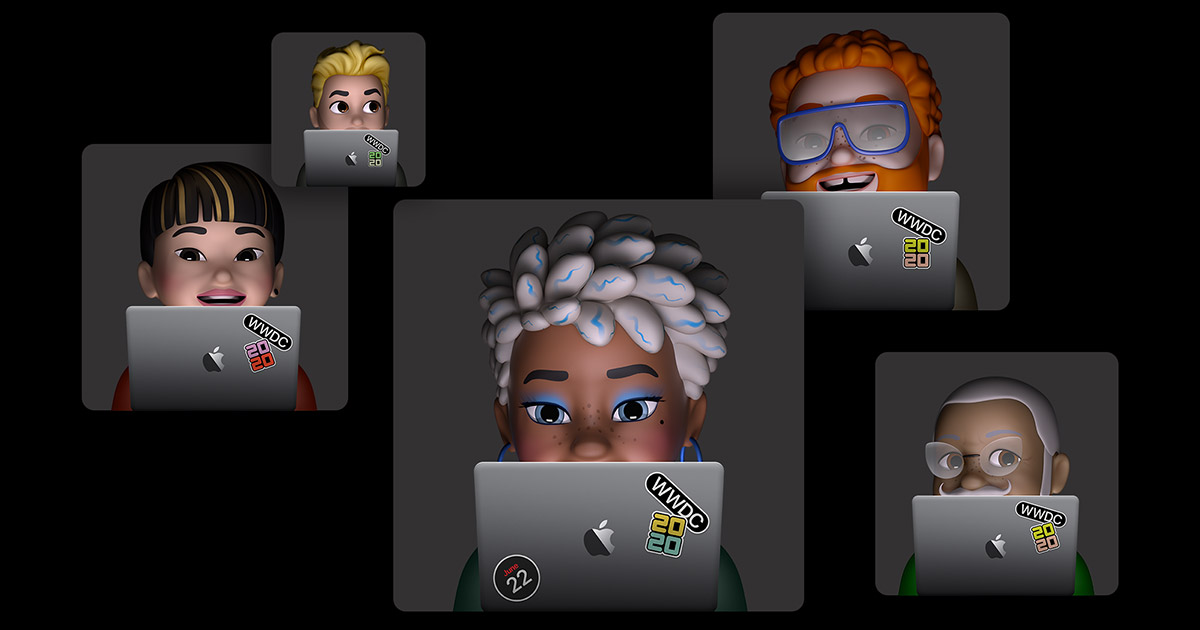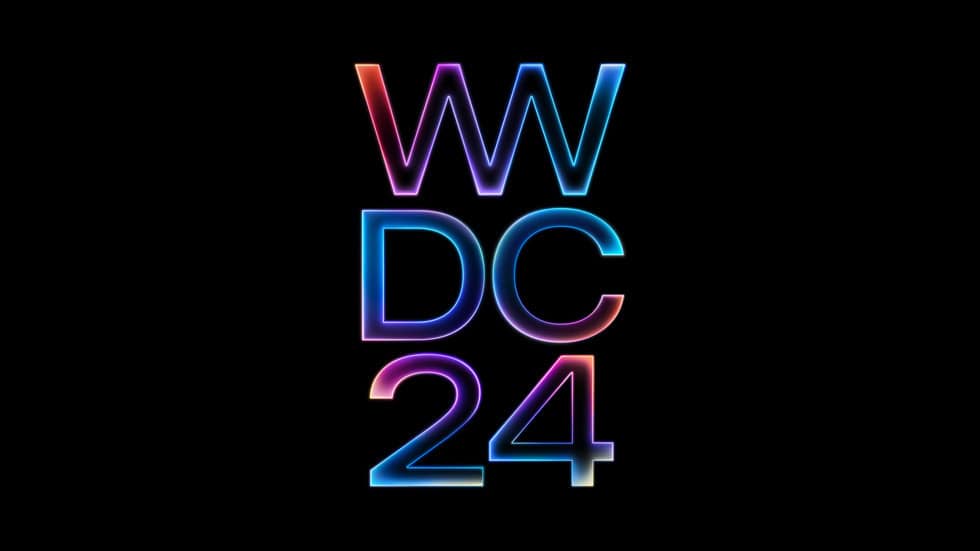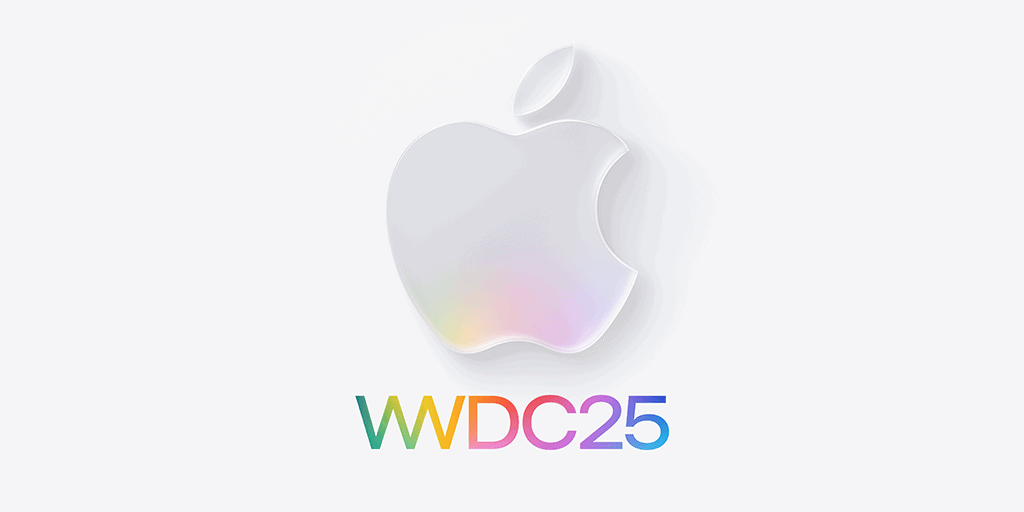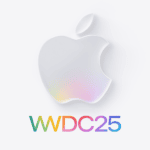Apple’s WWDC 2025 keynote on June 9 wasn’t just another software update parade—it marked a clear visual and functional reset across every major platform. From a dramatically redesigned UI to smarter AI integrations and long-overdue iPad features, Apple’s latest changes aim to unify the experience across devices. But the community? Let’s just say it’s split.
“Liquid Glass” Design Overhaul: Aesthetic Leap or Visual Clutter?
The most eye-catching announcement was the new Liquid Glass design language, rolling out to iOS 26, iPadOS 26, macOS 26 (Tahoe), visionOS 26, watchOS 26, and tvOS 26. It brings translucent, fluid surfaces, rounded widgets, and depth-enhancing refractions inspired by the Vision Pro interface.
Some fans praised the look as a much-needed update to Apple’s aging flat UI—but many others, especially on Reddit and developer forums, compared it to the Windows Vista Aero era, calling it overdone, hard to read, and potentially battery-draining. One top-voted Reddit comment reads: “Liquid Glass feels like a UI nightmare… for accessibility, it’s a step back.” Others speculate the demanding visual effects may throttle performance on older devices—intentionally or not.

Apple did not confirm whether these visuals can be fully disabled in Accessibility settings, which is a growing concern for visually impaired users.
Goodbye Numbers, Hello Years: Apple Aligns Versioning by Calendar
No more iOS 18, 19, 20… iOS 26 is here because it’s 2026. Apple has officially shifted its software versioning to match the calendar year. That includes macOS 26 “Tahoe”, which brings a few surprises of its own.
Functional Upgrades That Matter
iPadOS 26: A Real Laptop Alternative
- Mac-style multitasking with floating, resizable windows.
- Native Mac apps like Preview, along with a top menu bar.
- Expanded file management finally closes the gap with macOS.
Several iPad Pro users commented they might sell their MacBook Airs entirely now that the iPad’s power is better utilized—though others lamented the lack of support for dual external monitors and pro apps like Xcode and Logic Pro.
macOS 26 Tahoe: Spotlight Becomes Smarter
- A personalized Spotlight now enables direct actions like creating notes or sending messages.
- New Phone and Games apps integrate mobile and desktop experiences.
- iPhone Live Activities now show up on your Mac’s lock screen.
Apple Intelligence: Privacy-First AI With Real Utility
Apple continues its cautious but calculated foray into generative AI under the banner of Apple Intelligence, focusing on on-device LLMs for faster, private performance.
- Live Translation works across Messages, FaceTime, and even Phone calls—with real-time captions and language switching.
- Image Playground and Genmoji can generate contextual visuals, now integrated directly into Shortcuts.
- Developers gain access to Foundation Models Framework to build their own on-device AI apps.
But while fans love the multilingual boost, the long-rumored Siri overhaul is still MIA—delayed to 2026, despite mounting criticism that Apple is falling behind Google and OpenAI in this area.
Phone, Messages, and Camera Overhauls
- Messages adds group polls, chat backgrounds, better spam filtering, and typing indicators—finally catching up with apps like WhatsApp and Telegram.
- Phone app introduces a new layout and Hold Assist, a feature that waits on hold for you and notifies you when a real human answers.
- Camera and Safari both get a cleaner, gesture-driven interface that emphasizes swipe control and fullscreen immersion.
Gaming & Audio: Apple Takes Playtime Seriously
- A unified Games Hub app appears across iOS, iPadOS, and macOS, merging Apple Arcade, Game Center, and your installed games in one place.
- PSVR2 controller support lands in visionOS 26, signaling a push toward premium spatial gaming.
- AirPods get smarter: stem tap-to-snap photos, improved noise isolation, and new conversational awareness—available across AirPods Pro 2 and AirPods 4.
Beta Rollout & Community Reactions
The iOS 26 Developer Beta launched immediately, with public betas expected in July and final releases coming this fall. But early testers have already discovered the install weighs over 15 GB—a massive footprint that raises questions about storage needs and system overhead.
Reddit commentary is all over the map:
- “iPadOS 26 won WWDC.”
- “I feel like we’re back in the Windows Vista days… too much glass, too little usability.”
- “Apple is listening, but not hearing.”
- “Hold Assist is gonna be a life-saver. No more waiting 20 minutes on hold with my insurance.”
There’s also growing concern about feature availability in the EU, where regulatory restrictions already limit services like iPhone Mirroring and now may delay Apple Intelligence features due to local data policies.
What’s Next
- Developer Beta: Live now.
- Public Beta: Coming July 2025.
- General Release: Fall 2025 across all platforms.
WWDC 2025 was bold, visual, and technically ambitious—but for many, it may also be the year Apple walks a fine line between dazzling reinvention and design overreach. Whether “Liquid Glass” becomes the new gold standard—or just another iOS 7 moment—depends on how Apple responds to the feedback in the months ahead.
What Happened Last Year At WWDC 2024

WWDC 2024 was a landmark event where Apple unveiled its long-anticipated foray into generative AI, major operating system upgrades, and notable enhancements across AirPods, iPhones, Macs, iPads, and Vision Pro. The conference, held on June 10, 2024, marked the debut of Apple Intelligence—a privacy-first AI system integrated deeply across the Apple ecosystem. Updates to AirPods introduced groundbreaking gesture controls, while iOS 18 and macOS Sequoia brought improved multitasking, smarter Siri capabilities, and deeper cross-device integration.
Recap
- Apple Intelligence: New generative AI system with on-device and cloud-based models, powering smarter suggestions, summaries, and contextual awareness in apps.
- iOS 18: Customizable Home Screen, upgraded Control Center, on-device Siri with generative capabilities, and AI-driven app interactions.
- macOS Sequoia: Introduced iPhone Mirroring, a powerful new window tiling system, and AI-enhanced Spotlight search.
- watchOS 11: Added Training Load, improved Smart Stack, and enhanced health features.
- visionOS 2: Added spatial photo conversion, Mac display mirroring, and developer tools for immersive content.
- AirPods: Gesture-based call control, Voice Isolation for crystal-clear calls, and Personalized Spatial Audio for gaming.
Advanced Controls and Enhanced Call Quality
Apple’s AirPods received major upgrades through firmware and iOS 18. Users can now respond to calls and notifications with simple head gestures, a feature powered by machine learning on the H2 chip. Combined with Voice Isolation and 48kHz voice support, AirPods now deliver clearer, more intuitive communication experiences.
Head Nod Controls for Siri Interactions
AirPods Pro users can nod to accept calls or shake their heads to reject them. These subtle, silent gestures also extend to message replies, Siri interactions, and notification management—providing a hands-free experience perfect for busy or noisy environments.
- Answer calls by nodding
- Dismiss calls or messages by shaking your head
- Control Siri without touching your device
This technology is exclusive to devices powered by the H2 chip, such as AirPods Pro (2nd Gen), and will roll out through a firmware update in fall 2024.
Improved Voice Isolation and Voice Quality
Voice Isolation now processes environmental noise in real-time, focusing on your voice and filtering out distractions like wind, traffic, or background chatter. This feature greatly improves call clarity on AirPods, especially in noisy environments or during video conferences.
- Real-time processing to isolate the speaker’s voice
- Environmental sound suppression using beamforming mics
- Support for 48kHz audio in voice chats—ideal for gaming
These features benefit both everyday users and gamers who rely on accurate voice communication during multiplayer sessions or remote calls.
Spatial Audio Enhancements
Apple expanded its Personalized Spatial Audio capabilities to gaming, offering head-tracking support and immersive 3D sound across compatible AirPods. This evolution makes game worlds feel more real, as directional cues now reflect movement and space with precision.
Spatial Audio with Dynamic Head Tracking in Gaming
Available across AirPods (3rd gen), AirPods Pro, and AirPods Max, this feature transforms gaming audio. Footsteps, explosions, and ambient effects are placed dynamically around the player. Combined with ultra-low latency, it gives gamers a competitive edge.
Spatial Audio now adapts in real-time to your head movements, giving a cinematic experience across supported titles. Expect enhanced realism in action games, racing sims, and immersive storytelling titles on iOS and macOS.
Developer Tools and API Support for Personalized Experiences
WWDC 2024 introduced new APIs for game developers to define custom sound environments using Personalized Spatial Audio. These tools work with Apple’s latest audio frameworks, and allow seamless integration of dynamic 3D sound into games.
- Custom 3D audio placement for in-game elements
- Environmental acoustics simulation for realism
- Dynamic audio movement for transitions and effects
These APIs are available now through the Apple Developer Program. Developers can use them to craft truly immersive experiences tailored for AirPods users without heavy re-coding.
Siri & Apple Intelligence Breakthroughs
Perhaps the biggest reveal at WWDC 2024 was Apple Intelligence—Apple’s answer to generative AI. Siri received a major revamp with contextual awareness, improved language understanding, and deeper app control. For advanced queries, Siri can now tap into ChatGPT directly (with user permission).
Key features powered by Apple Intelligence include:
- AI-assisted writing suggestions in Mail, Notes, and Safari
- Smart image generation via Image Playground and Genmoji
- AI-generated message summaries and reply suggestions
- App Actions via Siri for deeper control without scripting
Apple Intelligence uses on-device processing for privacy, with fallback to cloud servers (run on Apple Silicon) when necessary. It launched in beta for developers in summer 2024 and is expected to roll out more broadly in 2025.







